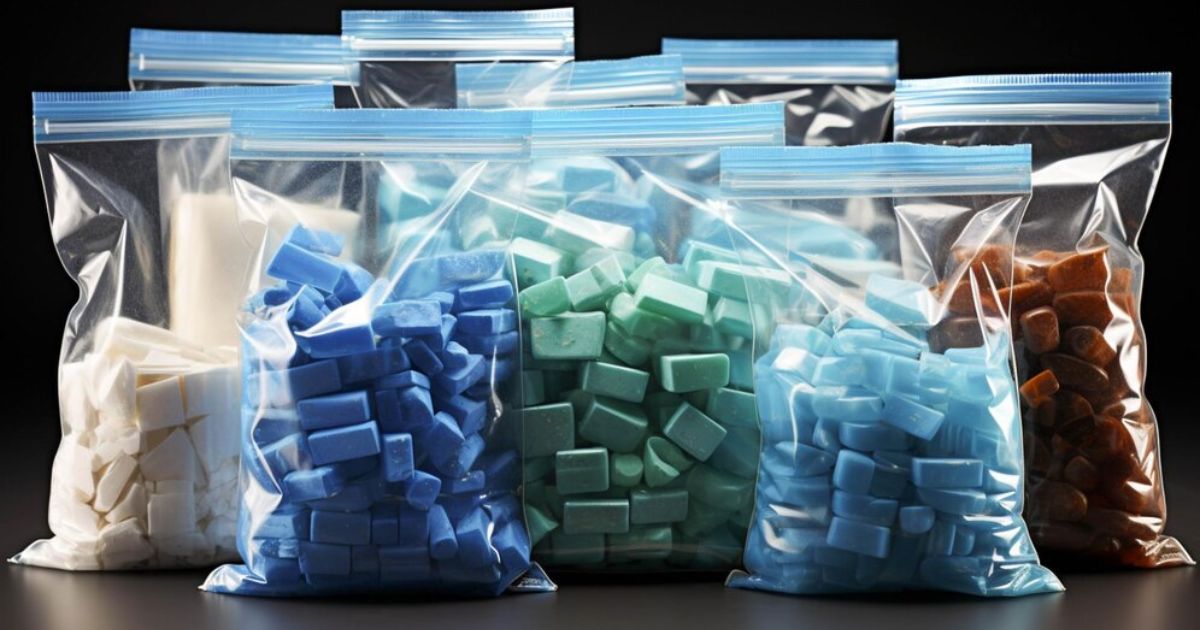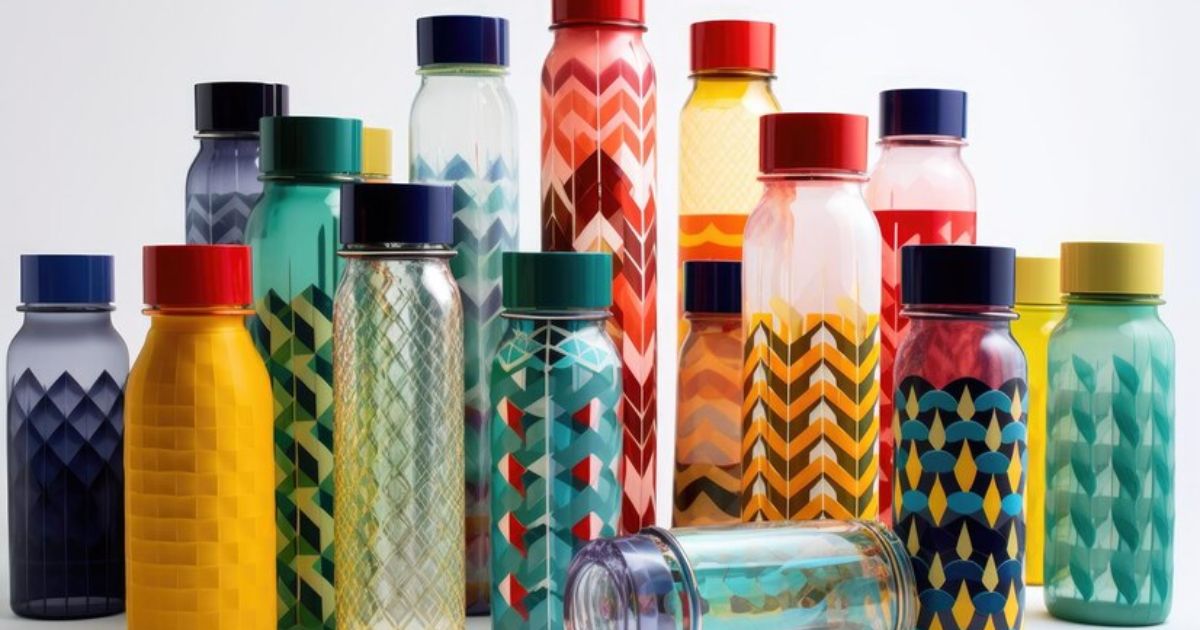In a world where waste management has become an increasingly critical issue, the proper storage of trash and recyclables has become a topic of great importance. With the aim of maintaining cleanliness, efficiency, and environmental sustainability, it is crucial to adopt effective storage practices.
This article aims to provide evidence-based, practical guidance on how to store trash and recyclables, from designated containers to segregating wet and dry wastes. By implementing these techniques, individuals can contribute to a cleaner and more sustainable future, fostering a sense of belonging to a global community striving for a greener planet.
Key Takeaways
- Proper storage and separation of trash and recyclables prevent the spread of diseases.
- Designated containers for trash and recyclables increase the efficiency of recycling efforts.
- Deodorizing trash bins through regular cleaning and use of deodorizing products or natural deodorizers helps prevent the growth of bacteria and attraction of pests.
- Folding and stacking plastic bags using different techniques saves space and ensures organization in storage.
Importance of Proper Storage
Proper storage of trash and recyclables is crucial for maintaining cleanliness and preventing environmental hazards. Inadequate storage can lead to various issues, including the spread of diseases, contamination of water sources, and attraction of pests. To ensure cleanliness and hygiene, it is important to store trash in tightly sealed containers that are resistant to leakage and odor.
This prevents the release of harmful substances into the environment and minimizes the risk of attracting animals and insects. Recycling materials should be stored separately in designated bins or containers, allowing for easy sorting and collection. By storing recyclables properly, we can facilitate the recycling process and reduce the amount of waste sent to landfills. Ultimately, proper storage practices contribute to a clean and sustainable environment for everyone to enjoy.
Designated Containers for Trash and Recyclables
Designated containers for trash and recyclables should be used to ensure proper storage and facilitate the sorting and collection process. By providing separate containers for different types of waste, individuals can easily differentiate between trash and recyclables, reducing the chances of contamination and increasing the efficiency of recycling efforts.
To illustrate the importance of designated containers, consider the following table:
| Container Type | Purpose |
|---|---|
| Trash Bin | To collect non-recyclable waste that will be disposed of in landfills or incinerated. |
| Recycling Bin | To store recyclable materials such as paper, plastic, glass, and metal, which will be sent to recycling facilities. |
| Composting Bin | To gather organic waste like food scraps and yard trimmings, which can be converted into nutrient-rich compost for gardening and agriculture. |
Separating Trash and Recyclables
To ensure efficient waste management practices, it is essential to separate trash from recyclables. By separating these two types of waste, we can reduce landfill waste and promote the recycling of valuable materials. Here are three reasons why separating trash and recyclables is important:
- Environmental impact: When trash and recyclables are mixed together, it becomes harder to recycle materials properly. Separating them allows for easier sorting and processing, minimizing the environmental impact of waste disposal.
- Resource conservation: Recycling conserves natural resources by reducing the need for raw materials. Separating recyclables ensures that valuable materials, such as paper, plastic, and glass, can be recycled and used again.
- Economic benefits: Recycling creates jobs and contributes to the local economy. Separating recyclables helps facilitate the recycling process, making it more cost-effective and economically viable.
Deodorizing Trash Bins
One effective method for maintaining cleanliness and eliminating unpleasant odors in trash bins is by regularly cleaning and disinfecting them. This practice not only helps to keep the bins looking presentable but also prevents the growth of bacteria and the attraction of pests. To further enhance the deodorization process, there are additional steps that can be taken.
One option is to use deodorizing products specifically designed for trash bins, such as odor-neutralizing sprays or deodorizer disks. These products work by neutralizing and absorbing odors, leaving the bins smelling fresh. Another approach is to utilize natural deodorizers such as baking soda or activated charcoal.
Placing a small bowl of baking soda or a pouch of activated charcoal inside the bin can help absorb and neutralize odors. By employing these methods, trash bins can remain clean and odor-free, contributing to a more pleasant environment for everyone. Moving on to the next topic, let’s explore the best practices for folding and stacking plastic bags.
Folding and Stacking Plastic Bags
To maintain cleanliness and organization in the storage of trash and recyclables, it is essential to implement effective techniques for folding and stacking plastic bags. Properly folded and stacked plastic bags not only save space but also prevent them from becoming tangled and unruly. Here are three techniques to ensure efficient folding and stacking:
- Accordion fold: Lay the plastic bag flat and fold it in half lengthwise. Then, fold it in half again. Continue folding in this manner until the bag is a compact rectangular shape.
- Triangle fold: Start by folding the bag in half lengthwise. Then, fold one corner of the bag diagonally towards the opposite side, creating a triangle shape. Repeat this fold until the entire bag is folded into a small triangle.
- Rolling technique: Flatten the plastic bag and fold it in half lengthwise. Then, tightly roll the bag from one end to the other, squeezing out any excess air as you go. This method is particularly useful for small plastic bags.
Bokashi Composting for Organic Waste
Bokashi composting is an effective method for managing organic waste by utilizing beneficial microorganisms. It involves fermenting kitchen scraps and other organic materials in an airtight container with the help of a special bokashi bran that contains these microorganisms. The process breaks down organic matter through fermentation, resulting in a nutrient-rich compost that can be used to improve soil health and promote plant growth.
To start bokashi composting, collect food waste such as fruit and vegetable scraps, coffee grounds, and eggshells. Avoid adding meat, dairy, or oily foods as they can disrupt the fermentation process. Layer the waste with the bokashi bran in the airtight container, pressing down to remove any air pockets. Repeat this layering process until the container is full, then seal it tightly and store it in a cool, dark place for a few weeks to allow fermentation to occur.
Once the fermentation is complete, the bokashi compost can be added to outdoor compost piles or buried in the soil. It helps to improve soil structure, retain moisture, and supply essential nutrients to plants. Bokashi composting is a practical and environmentally-friendly solution for managing organic waste, reducing landfill waste, and creating nutrient-rich compost for gardening.
Compact Plastic Bottles and Cans
- Flatten plastic bottles: Flatten plastic bottles before storing them to save space. You can do this by removing the cap, squeezing out any remaining liquid, and then flattening the bottle.
- Crush aluminum cans: Crush aluminum cans to reduce their size and maximize storage space. This can be easily done by stepping on the can or using a can crusher.
- Use storage bins or bags: Store compact plastic bottles and cans in designated storage bins or bags to keep them organized and prevent them from taking up unnecessary space.
Segregating Wet and Dry Wastes
When segregating wet and dry wastes, it is essential to separate them properly to ensure effective waste management and recycling. Wet waste includes organic materials such as food scraps, while dry waste consists of paper, plastic, metal, and glass. Separating these two types of waste is crucial because it allows for efficient composting and recycling processes.
To segregate wet and dry wastes effectively, it is recommended to use separate containers or bins for each type of waste. Clearly label these containers to avoid confusion and make it easier for everyone to participate in waste segregation. Additionally, it is important to educate individuals on the importance of segregating wet and dry wastes and the benefits it brings to the environment.
Covered Bins for Hazardous Wastes
To ensure proper containment and safety, covered bins are recommended for storing hazardous wastes, continuing the discussion on waste segregation. Hazardous wastes can pose significant risks to human health and the environment if not handled and stored correctly. Here are some reasons why covered bins are essential for storing hazardous wastes:
- Prevents leakage and spills: Covered bins provide a secure and sealed environment, minimizing the chances of leakage or spills that could contaminate the surrounding area.
- Reduces exposure to harmful substances: Hazardous wastes often contain toxic chemicals that can be harmful if inhaled or touched. Covered bins help minimize exposure to these substances, protecting both individuals and the environment.
- Prevents pests and animals from accessing the waste: Hazardous wastes can attract pests and animals, which can lead to further contamination or accidents. Covered bins act as a barrier, preventing these unwanted intruders from accessing the waste.
Aesthetic Trash Bin Options
There are several attractive trash bin options available for those looking to enhance the aesthetic appeal of their waste storage area. These bins not only serve a functional purpose but also contribute to creating a visually pleasing environment. One option is the stainless steel trash bin, which provides a sleek and modern look. It is durable, easy to clean, and resistant to rust or corrosion.
Another option is the wooden trash bin, which adds a natural and rustic touch to the space. It can be customized to match existing decor and can be sealed to prevent odors. Additionally, there are decorative trash bins available in various colors and patterns, allowing individuals to express their personal style while maintaining cleanliness. With these aesthetic trash bin options, individuals can transform their waste storage area into a visually appealing space that reflects their sense of belonging.
FAQ,s
Can I Store My Trash and Recyclables in the Same Container?
While it may seem convenient to store trash and recyclables in the same container, it is not recommended. Separate containers help maintain the quality of recyclable materials and facilitate proper waste management practices.
How Can I Prevent Animals From Getting Into My Trash Bins?
Preventing animals from accessing trash bins requires secure storage solutions, such as using animal-proof containers or locking lids. Additionally, placing bins in enclosed areas or using bungee cords to secure lids can further deter animals and maintain cleanliness in the surrounding area.
Are There Any Specific Guidelines for Storing Hazardous Waste?
There are specific guidelines for storing hazardous waste to ensure safety and compliance with regulations. These guidelines typically include using proper containers, labeling the waste, storing in a secure area, and following any additional requirements based on the type of waste.
What Options Are Available for Recycling Electronic Waste?
Various options exist for recycling electronic waste, such as drop-off locations, collection events, and mail-back programs. These initiatives aim to divert e-waste from landfills and promote responsible disposal practices, fostering a more sustainable and environmentally friendly approach.
How Should I Dispose of Expired or Unused Medication?
When it comes to disposing of expired or unused medication, it is important to follow proper guidelines to ensure safety and environmental protection. Consider taking them to a designated collection site or using a drug take-back program to prevent improper disposal.
Conclusion
In conclusion, proper storage of trash and recyclables is crucial for maintaining cleanliness and promoting environmental sustainability. By using designated containers, separating different types of waste, deodorizing bins, and organizing plastic bags, we can effectively manage our waste. Additionally, compacting bottles and cans, segregating wet and dry waste, using covered bins for hazardous materials, and considering aesthetic options for trash bins can further enhance our waste management practices. Remember, as the old adage goes, “A place for everything, and everything in its place.”










